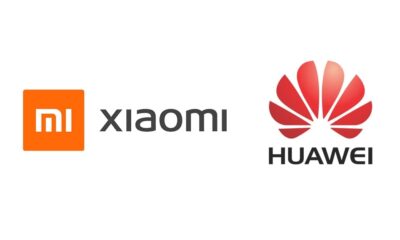News
Huawei presents a reference architecture for telecoms carriers for digital transformation
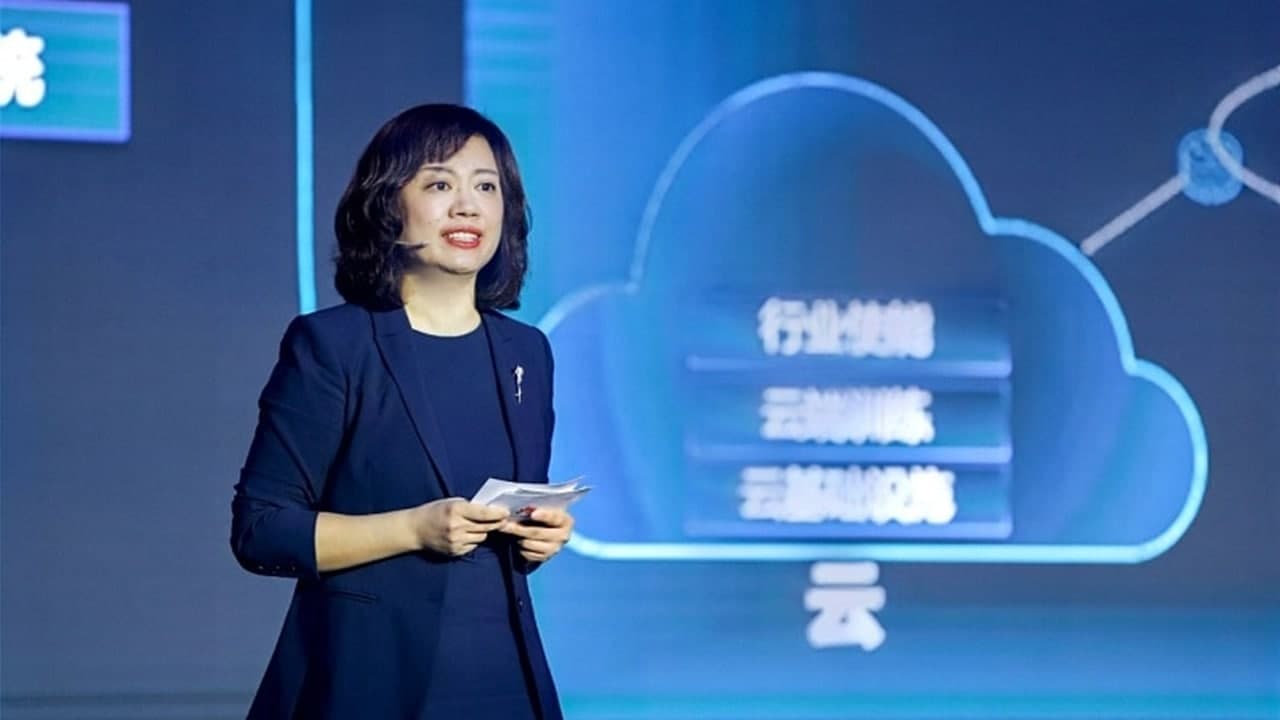
This year, Huawei participated in the MWC Shanghai 2021, which is going on from February 23 to February 25. With the theme Harmony and Symbiosis and the latest technological breakthroughs including 5G, artificial intelligence, Internet of Things, smart home, etc.
At the event, Ms. Jacqueline Shi, Vice President of Huawei’s Cloud & AI Business Group and President of the Cloud & AI Marketing Dept., proposed a reference architecture for telecoms carriers’ digital transformation.
Speaking during the “5G Creates New Value” conference, Ms. Shi outlined a roadmap in her speech, “Taking Digital Transformation to the Next Level”, for how carriers can build a digital, intelligent infrastructure centered around full-stack data centers and clouds, and how they can take a phase-by-phase, multi-path approach towards full-scale digital transformation.
“Digital transformation helps carriers to develop ubiquitous computing capabilities, especially cloud capabilities, and aggregate ecosystem to enable industry transformation. Huawei is willing to work with carriers and partners to light up the dreams of the new industry, making the most of the unique opportunities of the digital era.” Ms. Shi said
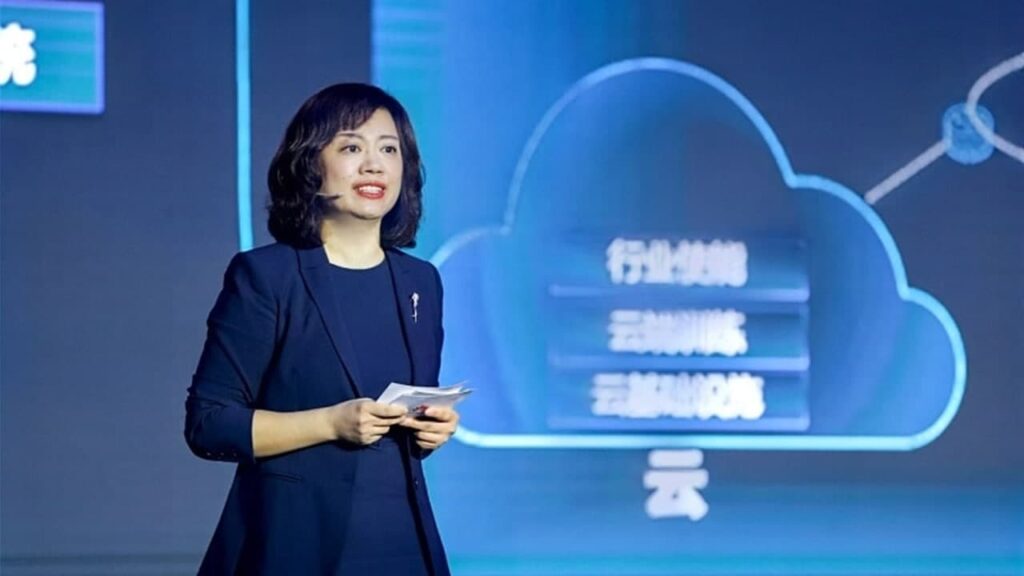
Data centers and clouds are at the heart of the reference architecture Huawei proposes, which aims to help carriers build a next-gen, digital, and intelligent infrastructure that enables them to build four core capabilities:
- Digital operations
- Digital transactions
- Digital production
- Digital innovation
On this basis, carriers can choose to migrate their business to the cloud phase by phase, based on different service needs and hierarchies. Expanding on this, Ms. Shi noted the following points in her speech:
- Innovative services are naturally cloud-native. Huawei’s Cloud Native 2.0 stresses a move from “On Cloud” (simply deploying and running services on the cloud) to “In Cloud” (developing services and capabilities on the cloud using a cloud-native architecture), helping carriers develop, test, deploy, roll out, iterate, and operate innovative services on the cloud with agility.
- Carriers’ internal IT systems should be among the first to migrate to a public cloud. The business support system (BSS), operations support system (OSS), plus in-house services like video, IoT, 5G messaging, entertainment, and small-amount finance, can be migrated to the cloud phase by phase, after necessary redesign or change. Huawei’s intelligent enablement service helps carriers easily rewrite code and quickly implement SaaS. Application enablement and data enablement services help carriers seamlessly migrate applications and data.
- Carriers can choose to deploy networks in on-premises, full-stack data centers. The data centers have shifted from simple resource pooling to a full-stack, intelligent powerhouse. Huawei’s full-stack data center solution helps customers rebuild compute, storage, and the data center infrastructure as well as both software and hardware. The unified QingTian architecture and unified cloud management platform ManageOne help carriers unify the management of online and offline resources and also streamline online and offline ecosystems, delivering a seamless user experience.
With 30-plus years of experience in ICT infrastructure, Huawei has developed a deep understanding of carrier networks and business systems and their most urgent needs. It is based on this understanding that the organization proposed the reference architecture for and phase-by-phase, multi-path approach towards digital transformation.
To help carriers stay at the forefront of digital transformation in this fast-changing era, Huawei plans to continue leveraging an in-depth cloud-pipe-device synergy, helping them build end-to-end solutions powered by a robust ecosystem.
News
Huawei is an advance player in technology such as ChatGPT: Chief
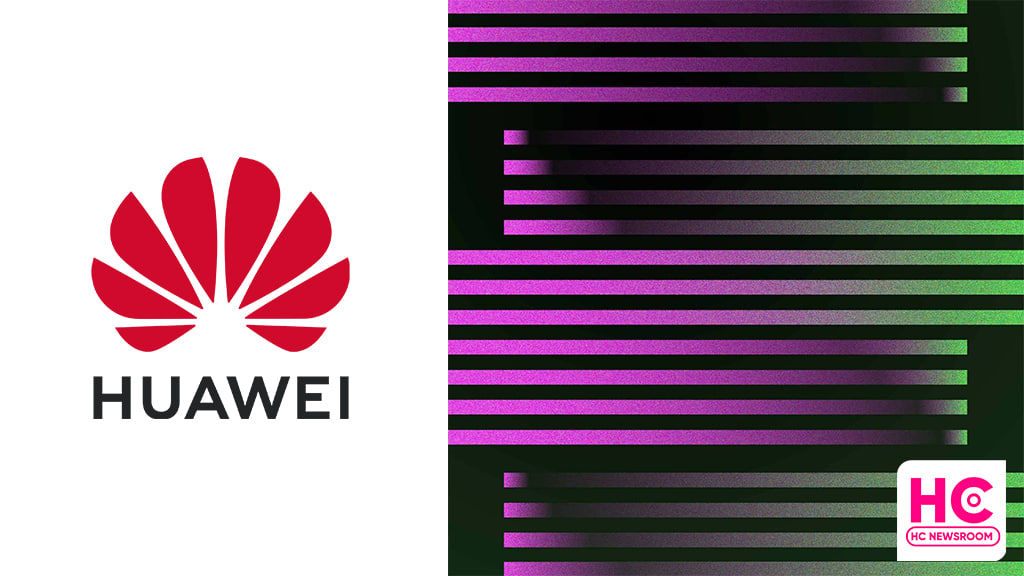
ChatGPT is a raging storm on the internet and everyone is talking about this AI-powered instant reply software but Huawei says, it has long mastered such technology.
A person in charge of Huawei’s computing product section said that Huawei began to have a layout in the large model in 2020. In the following year, Huawei launched Pengcheng Pangu, which is a super-large model and the first of its kind in the industry.
This model can generate 100 billion levels of processes and can generate responses or understand Chinese natural language processing as well as speech recognition.
To be mentioned, Pangu NLP large model was the world’s largest Chinese language pre-training model with 100 billion parameters at that time. The sample tuning of the data improves the application performance of the model in the scenario.
Patent:
Recently, two patents have surfaced on China’s intellectual property office, which reveal Huawei’s use of AI in instant reply software. However, we can say that Huawei has already applied a lot of AI software to human conversation technology, which was way ahead of ChatGPT. But Huawei has not revealed any plans to implement such tech in Huawei devices.
ChatGPT:
ChatGPT was launched as a prototype on November 30, 2022, and quickly garnered attention for its detailed responses and articulate answers across many domains of knowledge. Its uneven factual accuracy, however, was identified as a significant drawback. Following the release of ChatGPT, OpenAI’s valuation was estimated at US$29 billion.
Read more here – Huawei patent new ChatGPT like reply software

News
Xiaomi took 50 million Huawei smartphone users: President
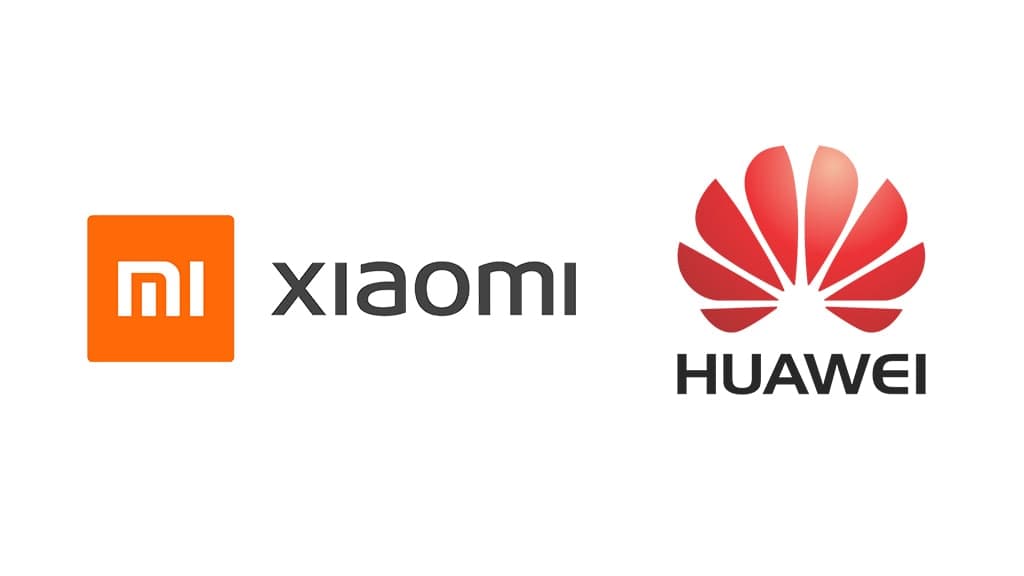
After the events of the U.S. ban, Huawei had to reduce its capacity of building new smartphones, which result in low yield and sales, and now, Xiaomi claims that it took over 50 million of Huawei’s users.
During the Xiaomi Investment Day, Lu Weibing, President of Xiaomi Group said that Huawei has lost over 80 million smartphone users, of which, Xiaomi took over 50 million.
This is quite a big statement made by the head of the Chinese phone maker as Huawei was forced to leave the market due to the restrictions on manufacturing.
After not meeting the market requirements the share of Huawei’s smartphone market declined severely in both the Chinese and global markets. While other smartphone makers are the ones that got most of the benefits.

From the rest, Apple took over 20 million users and Honor grabbed 10 million, which accounts for an overall 80 million Huawei users.
According to the data revealed by Canalys, the global smartphone market ranked Samsung first and Apple second, which has increased by 22 percent and 19 percent respectively. While Xiaomi declined to 13 percent.
Aside from Apple and Samsung, other smartphone maker has declined. On this matter, Xiaomi’s president said that the decline in his firm is related to various reasons such as currency depreciation, chips from shortage to surplus, and intensified competition, the global mobile phone market will decline by 12% in 2022, of which the Chinese market will decline by 13%.
Why not?
It was an opportunity for all of the smartphone companies with an open opportunity to grab Huawei’s market share and it fell directly into their lap without doing anything.
(via – CNMO)
News
Huawei help Turkey in Earthquake hit areas with communication supplies
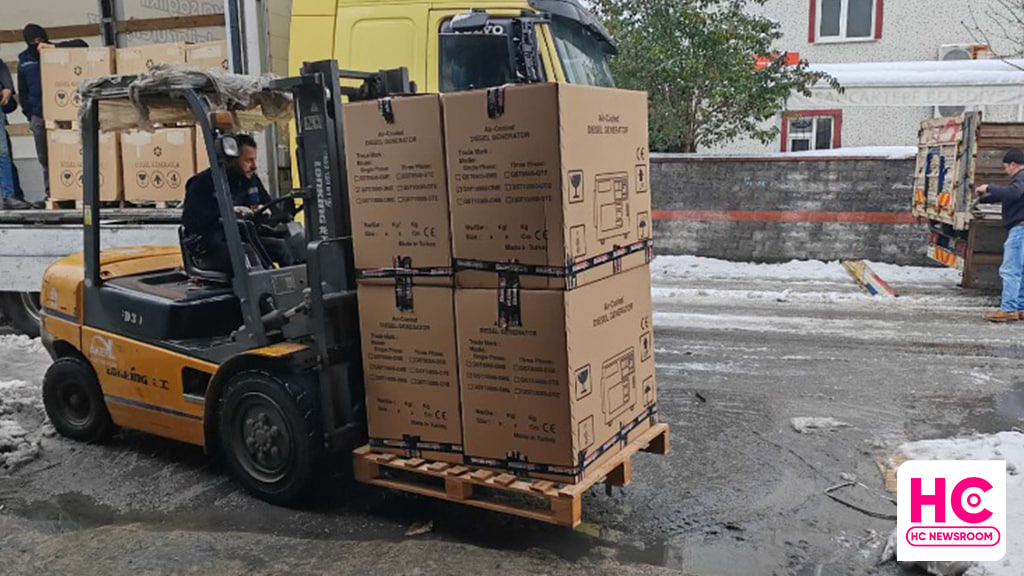
Turkey is underway a massive rescue operation and Huawei has raised a hand of help for the country to overcome the earthquake that has taken the lives of thousands of innocent people. During this time, Huawei has provided components, generators, and mobile base stations to help eliminate communication issues in earthquake-affected areas.
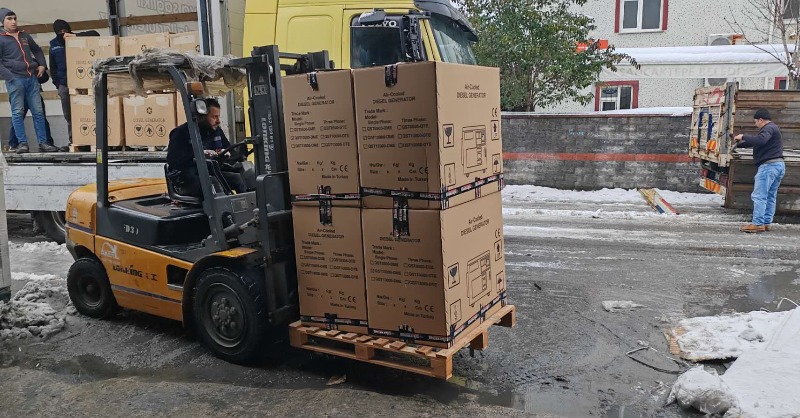
On Monday, Turkey is hit by a 7.8-magnitude earthquake, destroying homes and leaving thousands wounded and homeless. As of today, over 17000 people had died in Turkey, surpassing the record of the last decade in the country. This earthquake has now made its place in the most deadly disasters of the century surpassing the 2011 tsunami in Japan.






